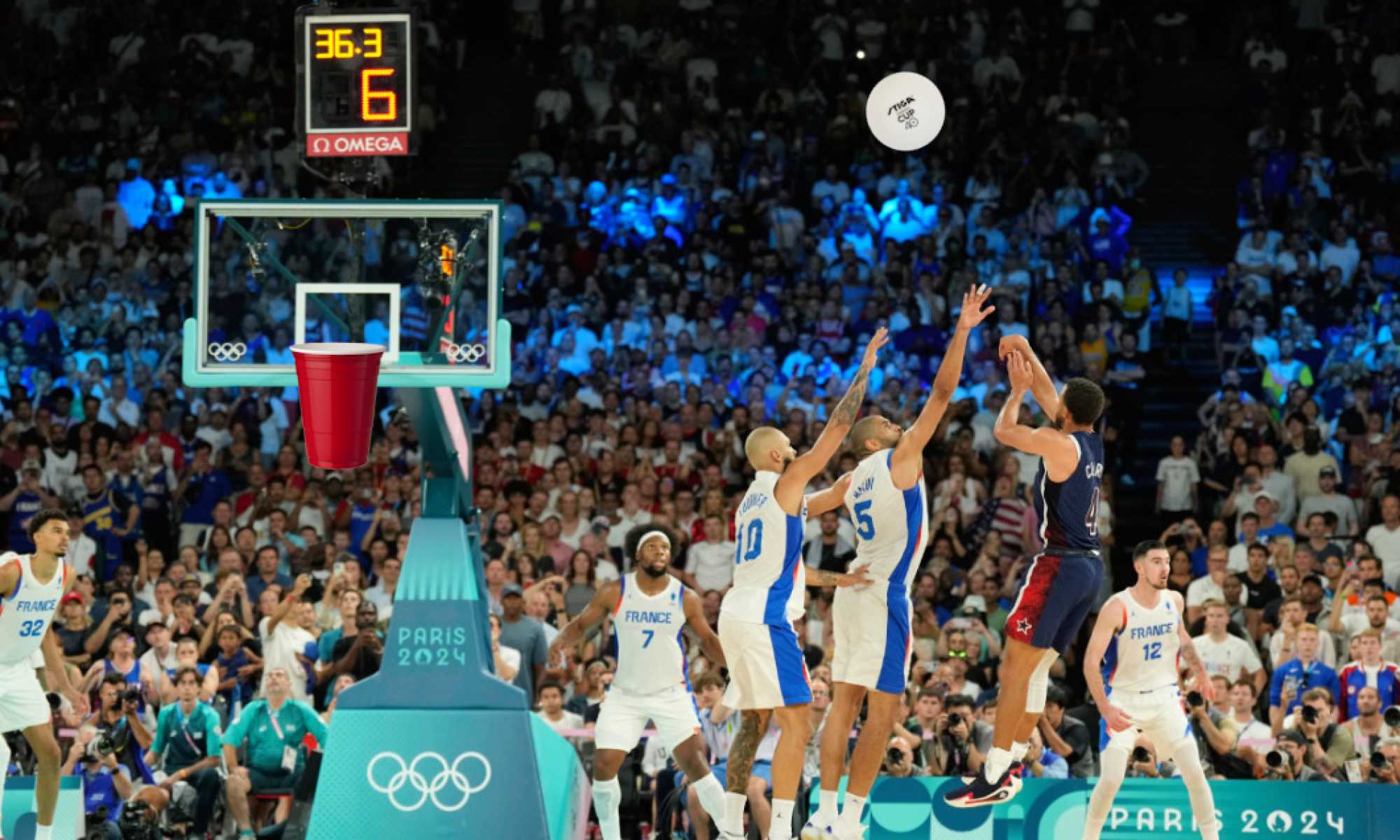This week I met with Varun the FPGA TA, and he helped me a lot in figuring out exactly what I needed to do for setting up the board and getting started. Specifically he pointed me to his github repository that contained a guide for setup. I briefly read through the guide, and as the KRIA board arrived from the ECE inventory, I shifted my attention to setting up the actual board. I had learned from Varun that there were quite a few wires and ports that I had to setup, so I looked into what came with the KRIA from inventory and determined that I needed to get a display port cable and microSD’s from amazon. The KRIA came with the power supply, ethernet cable, and micro-usb, and I could bring a USB mouse and keyboard from home. I sent those orders off, grabbed a lock from receiving, and chose a box in 1307 to store the KRIA overnight.
The rest of the week I was helping the team execute the trajectory testing, and writing the design review presentation slides. I was talking with Jimmy about the camera and KRIA connection, and specifically where the CV would be done. We had decided to use the OAK-D PRO camera, and it turns out the camera is capable of doing the CV, so the KRIA usage was adjusted in our project plan to not have the CV. This is a better decision choice, as now all the camera needs to do is to send the identified coordinates over, and the KRIA can handle the calculations. Since we still don’t know the full capabilities of the OAK-D and if it can actually do the CV, we still have the idea of doing CV on KRIA as backup.
It took the combined effort of the three of us to setup and execute the trajectory testing, as we had to use a ruler to mark up a white board grid, capture video, and parse through it to get coordinate estimations. The results of that are explained in the team status post.
For the design review, I took on the role of redoing our block diagram, adding colors and taking inspiration from the guidance post on canvas. I was pretty proud of how it turned out, and we ironed out a lot of the vague terms as now we had identified what hardware we are using. I also added similar style blocks to other sections of the presentation, and contributed greatly to the content of those slides.
Next week, besides listening to presentations and giving feedback, I am hoping to get a chance to receive the parts I ordered and test the setup and connection to the Vivado and Vitis software that I need for KRIA use. I need to figure out how the microSD’s work, and get the KRIA up and running.
